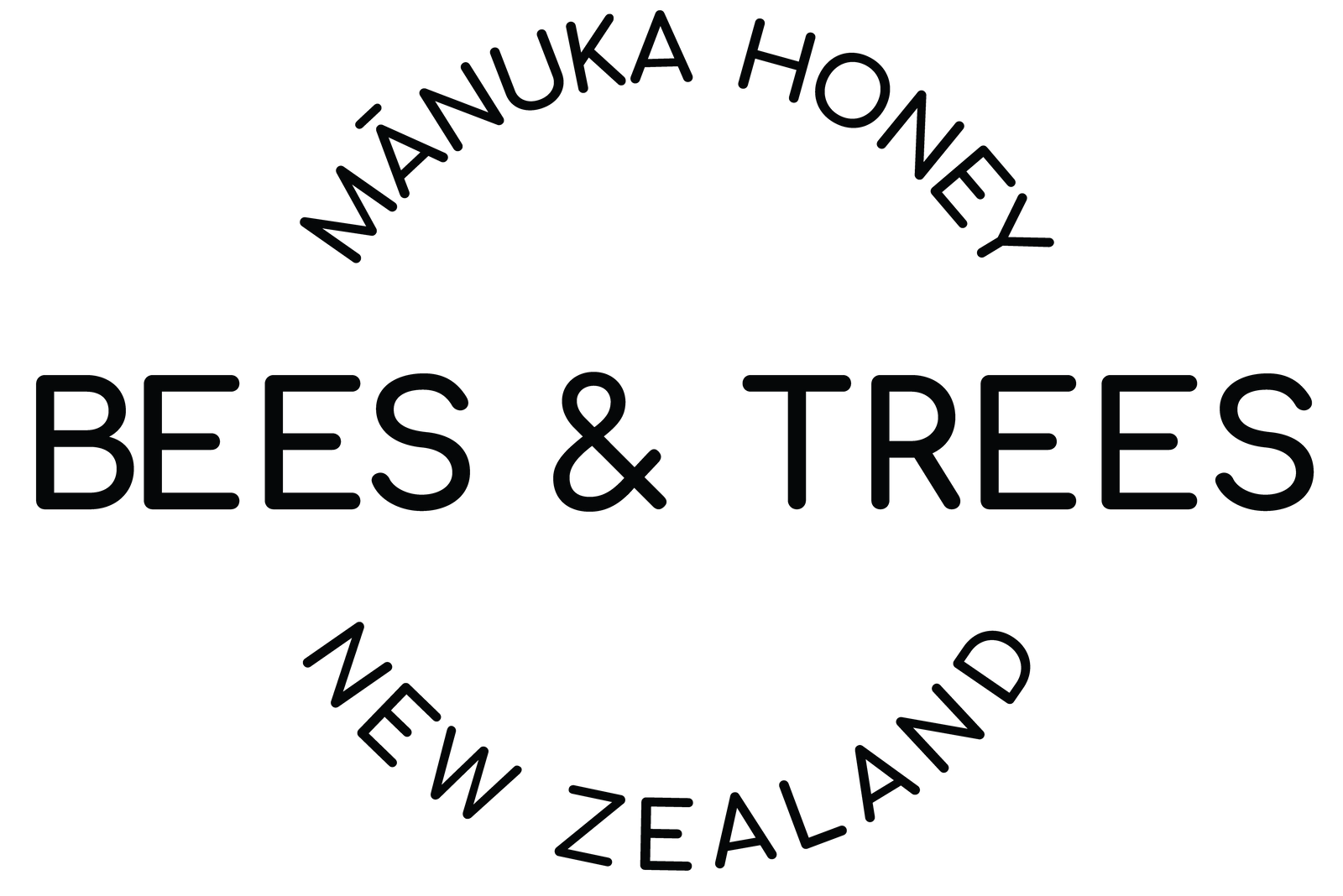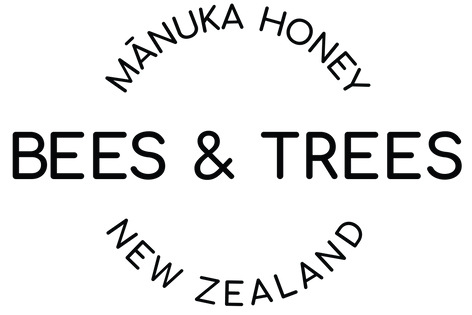Analytica is one of the two third-party testing laboratories in New Zealand that we use to test every batch of our honey. With many years of experience in commercial testing, R&D, and leadership in science and technology they offer leading-edge services to the Manuka honey industry and others.
In this article, they explain the two constituents in Manuka honey that are above and beyond the hydrogen peroxide activity of other honeys.
"For centuries, honey has been known to have broad-spectrum antimicrobial properties and has been used to treat a variety of ailments. This medicinal value, which is exhibited by many types of honey, is believed to come from features such as honey’s acidity (low pH), high sugar concentration, and the presence of bacteriostatic and bactericidal compounds such as hydrogen peroxide, antioxidants, lysozyme, polyphenols, phenolic acids, flavonoids, and bee peptides. These features are sometimes collectively referred to as honey’s ‘peroxide’ activity.
Certain honeys derived from the New Zealand Manuka tree (Leptospermum scoparium) have additional antimicrobial activity, above and beyond what is contributed by the above features."
Click here to continue.

***





